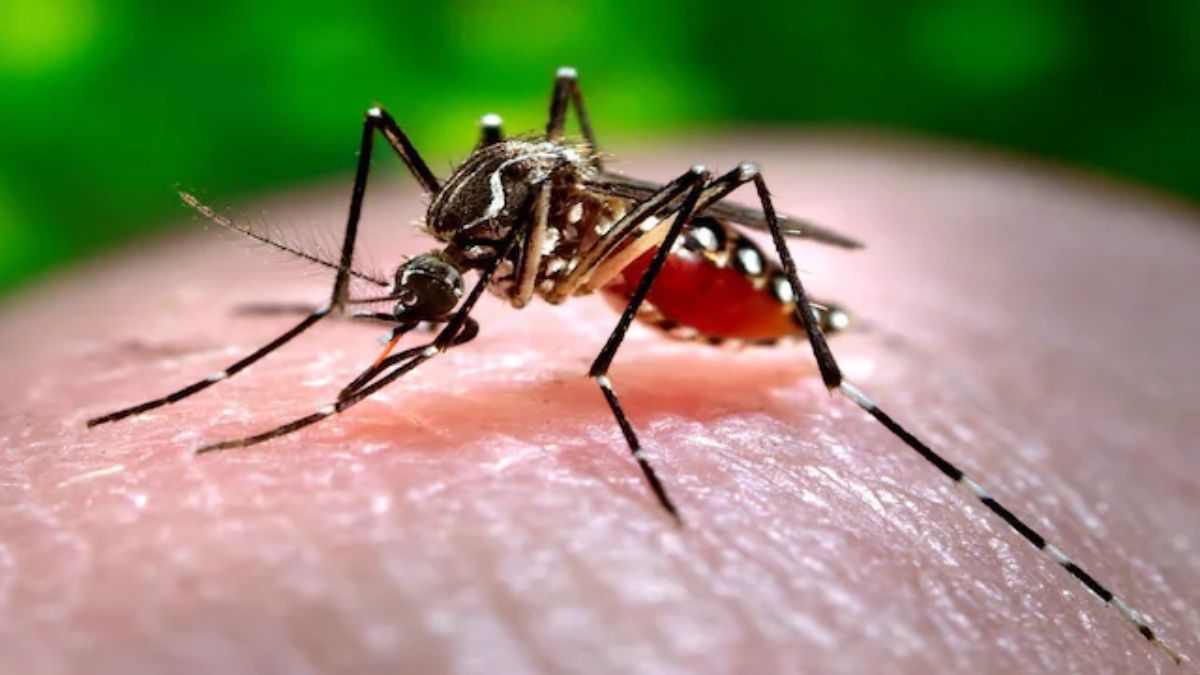China is battling a sharp surge in chikungunya, a mosquito-borne viral disease, with nearly 7,000 cases reported in the southern province of Guangdong this year, health authorities said.
The city of Foshan is the epicentre of the outbreak, with patients seen hospitalised and sleeping under mosquito nets in images broadcast by state-run CCTV. While chikungunya is not new to Asia, its spread within China has been rare and the current pace is causing concern, Euronews reported.
Rapid Chikungunya virus spread in China
According to the Chinese Centre for Disease Control and Prevention (CDC), nearly 3,000 new cases were recorded in the past week alone, bringing the province-wide tally to alarming levels. At least 12 other cities in Guangdong have also confirmed infections, officials said.
Authorities have attributed the outbreak to an imported case that triggered local transmission in July, but they have not disclosed the origin of the imported infection. On Sunday (August 3), Hong Kong reported its first case: a 12-year-old boy who had recently travelled to Foshan and presented with fever, rash, and joint pain.
China’s response to Chikungunya outbreak
The Chinese government has vowed “decisive and forceful measures” to control the outbreak, including targeting mosquito breeding grounds and enhancing public awareness. Fines of up to 10,000 yuan (€1,208) may be levied on those who fail to comply with control measures.
Officials have called on residents to eliminate stagnant water sources in homes, such as flowerpots and unused containers, which can serve as mosquito habitats. The CDC has also recommended protective measures including mosquito nets, screen doors and the use of repellents to prevent bites.
Despite the sharp rise in infections, Chinese health authorities say most patients have exhibited only mild symptoms and are recovering quickly. There have been no reported fatalities linked to the current outbreak.
What WHO says on Chikungunya
Chikungunya, first identified in Tanzania in 1952, has spread to more than 110 countries and is now endemic in parts of Africa, Southeast Asia and the Pacific region. It is transmitted via the bite of infected mosquitoes, particularly Aedes aegypti and Aedes albopictus, which also spread dengue and Zika viruses.
The World Health Organisation (WHO) states that the virus is not contagious between people, but mosquitoes can transmit the virus from one human host to another.
Impact Shorts
More ShortsWhile most cases are mild, some patients may experience persistent joint pain lasting months or even years. There is no specific treatment or widely available vaccine.


)

)
)
)
)
)
)
)
)



